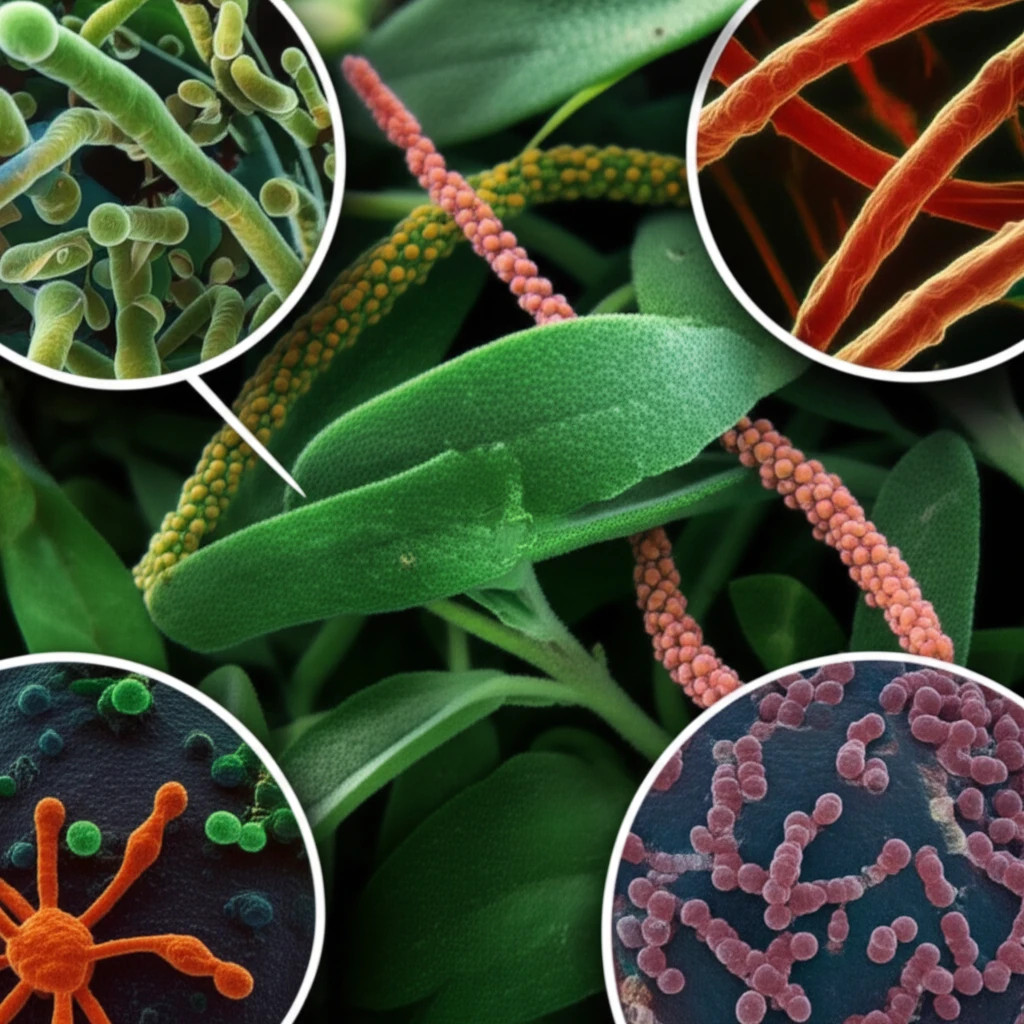
Spice Up Your Health: Can Summer Savory Fight Fungal Infections?
"Discover the potential of Satureja hortensis (summer savory) in combating Candida and Aspergillus, offering a natural approach to antifungal treatment."
For centuries, Satureja hortensis, commonly known as summer savory, has been a staple in traditional medicine and culinary practices. It's not just a flavorful herb; research indicates it possesses a range of beneficial properties, from easing digestive issues to combating inflammation. Now, scientists are exploring its potential as a natural antifungal agent.
Fungal infections caused by species like Candida and Aspergillus can lead to various health problems. While conventional antifungal treatments exist, the interest in natural alternatives is growing, driven by concerns about side effects and the rise of drug-resistant fungal strains. This has prompted researchers to investigate the antifungal potential of various plant extracts, including summer savory.
A recent study delved into the effectiveness of summer savory extract in inhibiting the growth of Candida and Aspergillus, two common culprits behind fungal infections. The findings offer promising insights into how this herb could become a valuable tool in our fight against these infections.
Unlocking Summer Savory's Antifungal Power

The study, conducted by researchers in Iran, focused on the antifungal activity of an alcoholic extract derived from Satureja hortensis against clinical isolates of Candida and Aspergillus. These isolates were collected from patients at Urmia University Hospital, providing a real-world context for the investigation.
- Candida Control: The extract demonstrated activity against Candida isolates, with an inhibitory range of 1/20 to 1/320.
- Aspergillus Inhibition: For Aspergillus, the lowest effective concentration was found at a dilution of 1/80 (MIC=12.5 mg/ml).
- Time Matters: The study found that a 24-hour incubation period yielded the best results for treating Aspergillus isolates.
Embracing Nature's Pharmacy: The Future of Summer Savory in Antifungal Treatment
The research adds to the growing body of evidence supporting the use of natural compounds in combating fungal infections. Satureja hortensis offers a promising avenue for developing new antifungal strategies, potentially reducing our reliance on conventional drugs and mitigating the risk of resistance.
While these findings are encouraging, it's important to remember that this study was conducted in vitro. More research is needed to fully understand the effectiveness and safety of summer savory extract in humans. Clinical trials are necessary to determine the optimal dosage, delivery method, and potential interactions with other medications.
If you're considering using summer savory for its potential antifungal benefits, talk to your healthcare provider first. They can help you determine if it's a safe and appropriate option for you, taking into account your individual health history and any other medications you may be taking. As research continues, summer savory may well become a valuable addition to our arsenal of natural remedies for fungal infections. For now, enjoy it in your culinary creations, knowing that you're adding a potentially powerful medicinal herb to your diet.
